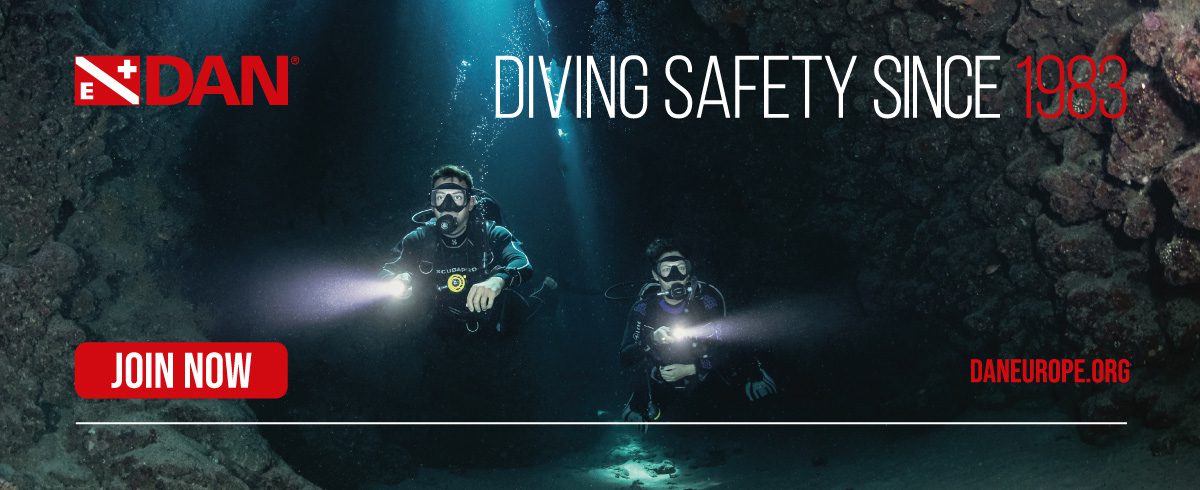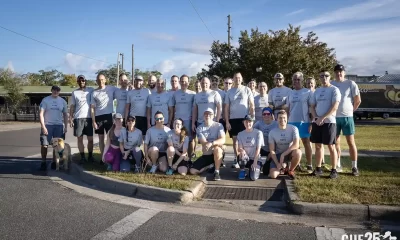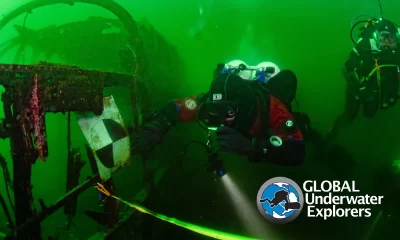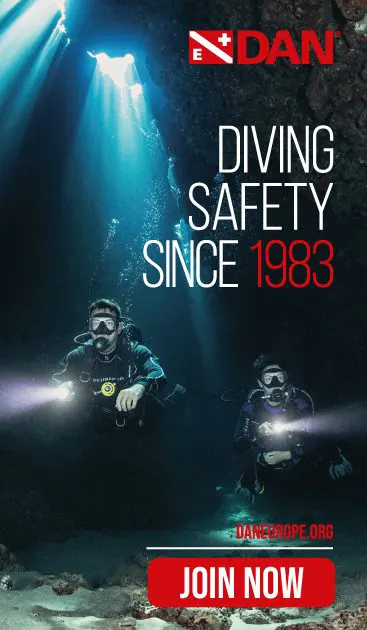Education
NEDU Deep Stop Summary
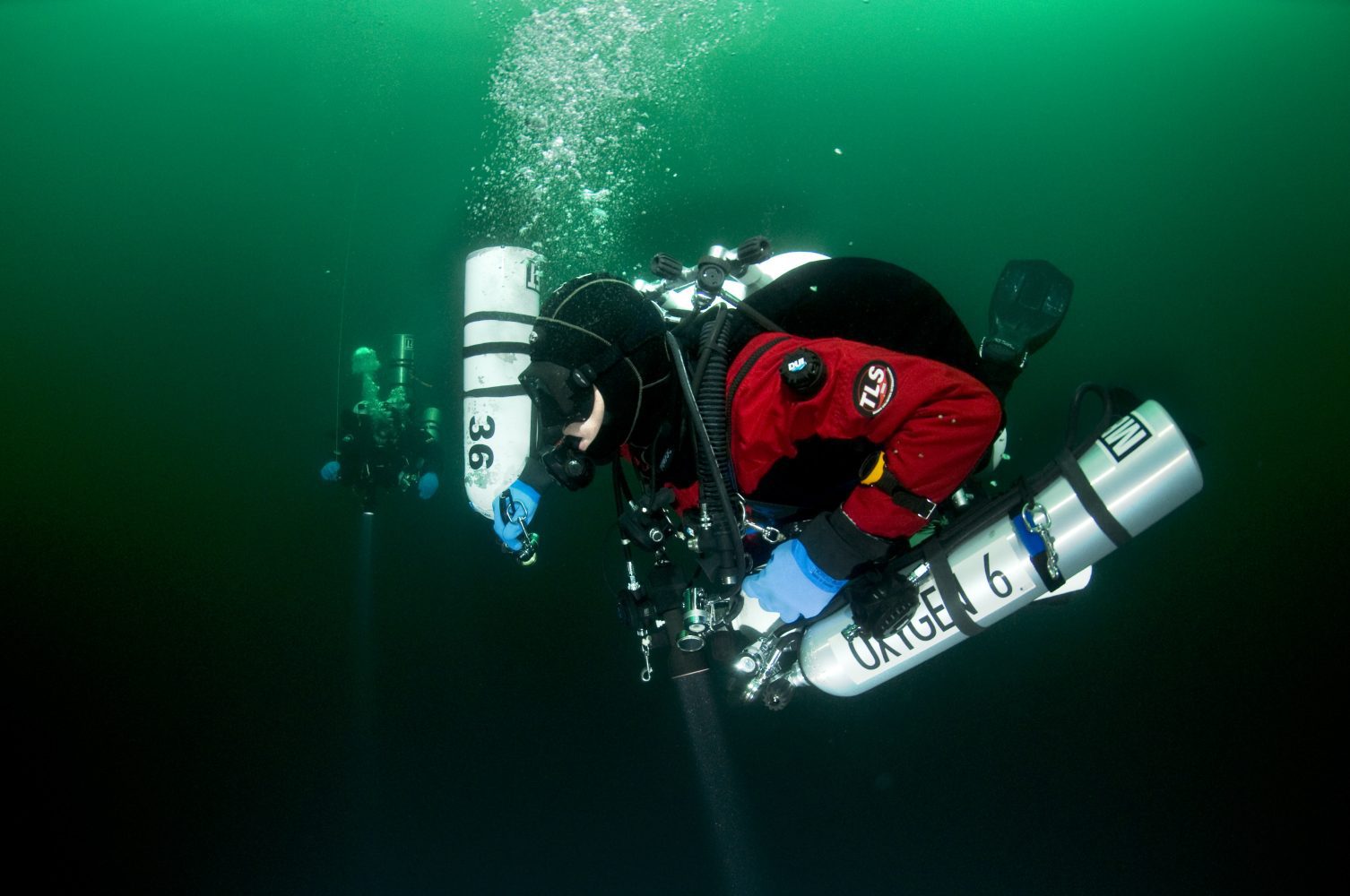
by Jarrod Jablonski
The NEDU stop study remains the most detailed deep stop research done to date. It may well remain this way for some years to come and conceivably even indefinitely. This is because such research is expensive and because the issue appears largely settled in the minds of those with the budgets needed to explore this topic. Other studies are being developed but likely with a much smaller budget and fewer controls. Moreover, the kind of study tech divers would like to see may well fail to identify enough difference between dissolved gas and deep stop profiles to be meaningful. This latter problem is a good place to start our summary of the current research since it also helps contextualize some of the decisions made by NEDU researchers.
In order to be useful a study should demonstrate some difference between the things being measured. All things being equal one might as well stay with the long-used and widely successful dissolved gas models if deep stops and bubble models appear “similar” in outcomes. This means that a study should use a provocative decompression in order to develop some decompression sickness by which to measure a difference in models. In this case, the NEDU study dived US Navy divers without thermal protection on air to a depth of 170 feet/52meters where they conducted work for 30 minutes before ascending over a 144 minute decompression. Divers were often shivering upon surfacing, reducing perfusion and increasing risk of DCS. Some research indicates cold of this sort would be like doubling one’s bottom time when considering the effect of reduced blood flow in cold divers. The NEDU [popup_anything id=”2900″] provides a nice overview of the study which can be reviewed in entirety here.
We should first acknowledge this study was a US Navy test designed to evaluate whether there was any benefit to move toward bubble-based models including deep stops. The procedures of tech divers vary considerably from those of most US Navy diving and so it was inevitable that tech divers would find such a study lacking as a useful comparison. These differences complicate evaluation of deep stop in the minds of some tech divers. The main complications relate to 1) the amount of decompression time, 2) the unusual decompression stop arrangement, 3) the breathing gases used, and 4) the temperature of the water. We shall take each of these into consideration in an attempt to outline the reasons for these choices and the primary discontent. However, readers are again encouraged to review in detail these assessments, so they can develop a more informed opinion.
The amount of decompression and arrangement of stops derive from the US Navy algorithms selected. The total decompression time was based upon the gas content (dissolved gas), VVAL18 Thalmann algorithm which formed the baseline by which to compare a deep stop schedule as generated by the probabilistic BVM(3) bubble model. The bubble model was set to optimize a 174-minute decompression with the lowest possible risk, developing stops that would control bubbles in a way consistent with its model parameters. These aspects have aroused some disagreement in the technical community who argue the total time and associated “deep stops” are longer than reasonable and a far departure from what any tech diver might consider for decompression. However, the dissolved gas model accurately predicted and did result in relatively low incidence of DCS for “shallow stop” protocols. Meanwhile, the argument for deep stops is largely that they should limit supersaturation and bubble formation in a way that provides more benefit than the increase in gas dissolved in slow compartments that result from the stops. This study demonstrates this does not appear to be true, at least within the scope of these profiles. For a variety of reasons, most experts do not believe changing the stop distribution would have a significant effect on this failure of deep stops to work as it was hoped they might. Nonetheless, the additional time when compared to a common deep-stop, gradient approach of 20/85 resulted in 59 minutes of additional “deep stop” minutes, eliciting reasonable discontent among some.
Deep stop proponents also took issue with the use of air diving though most made less of this than the previous discussion revolving around the length and distribution of stops. We don’t have a good reason to believe the value of deep stops should be negated by certain breathing mixes. If deep stops control bubbling in a useful way, they should do so independent of the gasses breathed. Some argue that the value of hyperoxic mixes in concert with deep stops might have an additive value though no evidence appears to exist that supports that contention.
Finally, some argue that the cold experienced by divers worked in concert with the added time at depth to disadvantage divers on the deep stop profile. The argument is that these divers were ascending while following an unreasonably long, deep-stop schedule and were thus reaching critical parts of their offgassing much later in the dive when they were very cold and where perfusion was greatly reduced. Meanwhile, the argument goes, the shallow-stop divers had finished the bulk of their decompression before they became cold. Some have even argued that this experiment was more about testing thermal issues than deep stops though most experts appear unified in disagreeing with that view. The experts argue that both groups suffered from the same thermal stress and that the low but relevant DCS incidence in the shallow-stop profile support this contention.
In the end, these are not issues that can resolve through additional debate as evidenced by hundreds of posts and extensive argumentation. However, most divers and especially most experts appear convinced the NEDU study supports an argument that deep stops are actually less efficient because they do not appear to control bubbling enough to overcome the additional gas absorbed by slow tissues during the additional time at depth. The experts argue that all aspects of concern for tech divers i.e. use of air, cold water and extended stop time are not arguments in support of deep stops. Adjustments in these areas through use of shorter deep stops and hyperoxic mixes might reduce the difference but would merely be masking the lack of improved efficiency.
The NEDU study appears reasonably convincing to most, at least with respect to a lack of compelling value in favor of deep stops, though with some complications as discussed. I will come back to some of these complications but first our review should conclude with the apparent relevance of other studies seeking to establish the value of deep stops. In 2005 a French study evaluated deep stops by measuring venous gas bubbles. We previously discussed the complexity of relying upon such measures though the technique likely remains broadly useful for considering decompression stress across a diving population. The French study suggested that none of the deep models appeared superior in venous bubble control and one was rated inferior. A Ljubkovic Study conducted in 2010 again used venous gas emboli (bubbles) to see how effectively the varying permeability model (VPM) controlled bubbles. They determined it was not particularly effective in this regard although they did not compare its success to bubbles present with other strategies. The Spisni Study in 2017 compared a ratio-deco, rule-based approach to a dissolved-gas, gradient-factor approach and concluded that adding longer and/or deeper stops was not more effective as based upon higher post-dive inflammation associated with deeper stops.
When all these pieces are considered alongside the more compelling NEDU research, it appears that deep stops are not bringing the long-imagined benefit sought by proponents, at least not in a way that is easily qualified. Anti-inflammatory markers and venous bubbles are both imperfect markers and leave ample room to argue against these studies. Yet, our efforts should be less about resisting developing knowledge and more about learning what we can from accumulated wisdom. To this end, we can merge three of these conclusions into growing sense that deep stops do not appear to be controlling venous bubbles in a pronounced way. This adds an interesting dimension but is it important? We would be hard pressed to argue that increased venous bubbling is a positive development even while acknowledging it is a relatively common occurrence for blood leaving tissues in the process of off-gassing.
On the one side, deep-stop advocates can argue 1) that venous gas bubbles are not a useful diagnostic measure of DCS, 2) that anti-inflammatory markers show contradictory results in various studies, and 3) that the NEDU study is not representative of technical diving profiles and therefore not an effective indictment of deep stops as commonly used. On the other side, one can argue that 1) deep stops do not appear to effectively control venous bubbles which are very problematic for some forms decompression illness and generally correlated with DCS likelihood across populations of divers, 2) that several studies hint at a weakness in deep stops with the most detailed study to date showing a clearly increased risk of DCS, and 3) no objective study to date appears to support the value of deep stops.
An objective review of the developing science does appear to support the idea that deep stops fail to provide compelling value and may, in fact be less efficient. Some find the evidence compelling, some feel swayed but promote a measured response and some remain entirely unconvinced. Is there anything else we might interpret from the trending science on deep stops? We will return to this subject in part four of our series.






